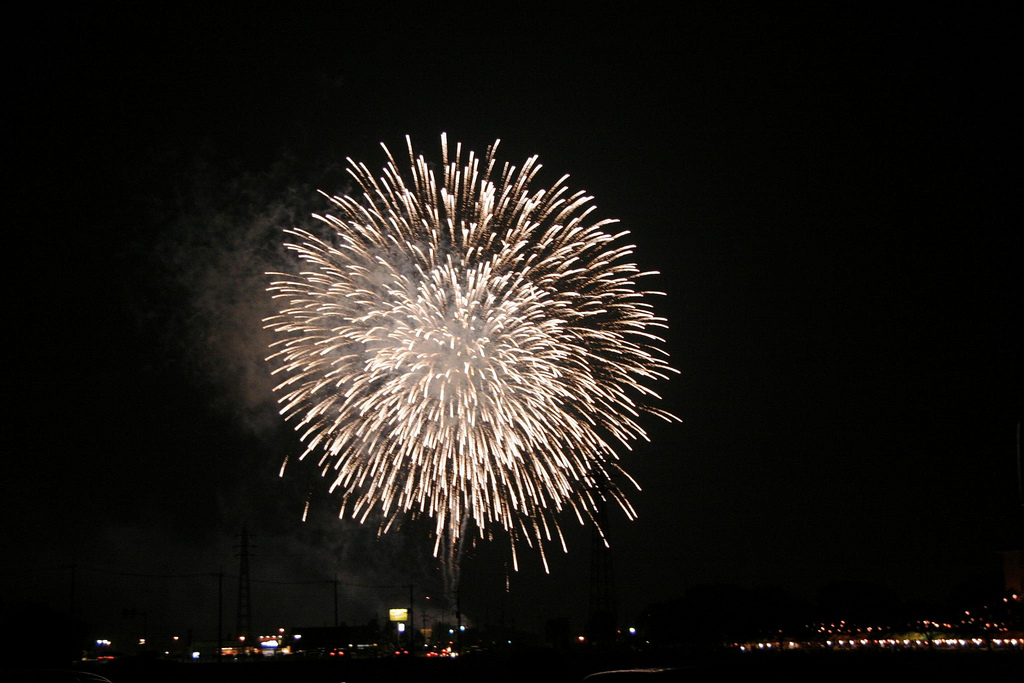Before one can be a great travel writer, one must learn to be a great travel reader. To read voraciously and linger over the words; relish, absorb and reflect on what it is that makes great travel writing work. Found a travel article that you love? Analyse its effect – a strong feeling, a vivid image – and then pinpoint how the writer achieved it.
By examining the techniques employed in the best travel prose, aspiring travel writers can acquire new skills and help attune their own ear to the rhythms and melodies of good writing. To illustrate the many benefits of studying others’ work, we have deconstructed a selection of praiseworthy travel writing passages. Scroll down to read on.




